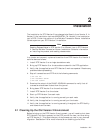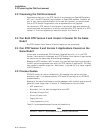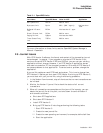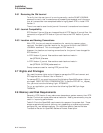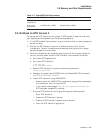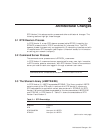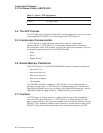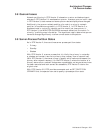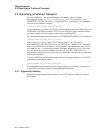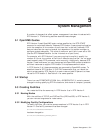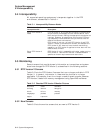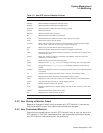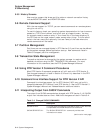Architectural Changes
3.8 Quorum Issues
3.8 Quorum Issues
Network partitioning in RTR Version 3 is based on a router and backend count,
whereas in RTR Version 2 it was based on quorum. However, quorum is still used
in RTR Version 3; state names and some quorum-related displays have changed.
Additionally, the quorum-related condition of a node in a minority network
partition is handled more gracefully in RTR Version 3. In RTR Version 2, a
shadowed node in a minority network partition would just lose quorum; in
RTR Version 3, the MONITOR QUORUM command states that the node is "in
minority," providing more information. The algorithms used to determine quorum
have also changed significantly to allow a more stable traffic pattern.
3.9 Server-Process Partition States
As in RTR Version 2, there are three server-process partition states:
• Primary
• Standby
• Shadow
With RTR Version 3, a server process that is initially the primary in a standby
or shadow environment returns to primary after recovery from a network loss.
(With RTR Version 2, there was no way to specify which node would become the
primary after network recovery.) Unlike RTR Version 2, where the location of a
primary server after a network outage was unpredictable, as long as servers have
not been restarted and both servers are accessible, RTR Version 3 retains the
original roles.
With RTR Version 3.2, RTR provides commands such as SET PARTITION
/PRIMARY that the operator can use to specify a process partition state.
Architectural Changes 3–3



